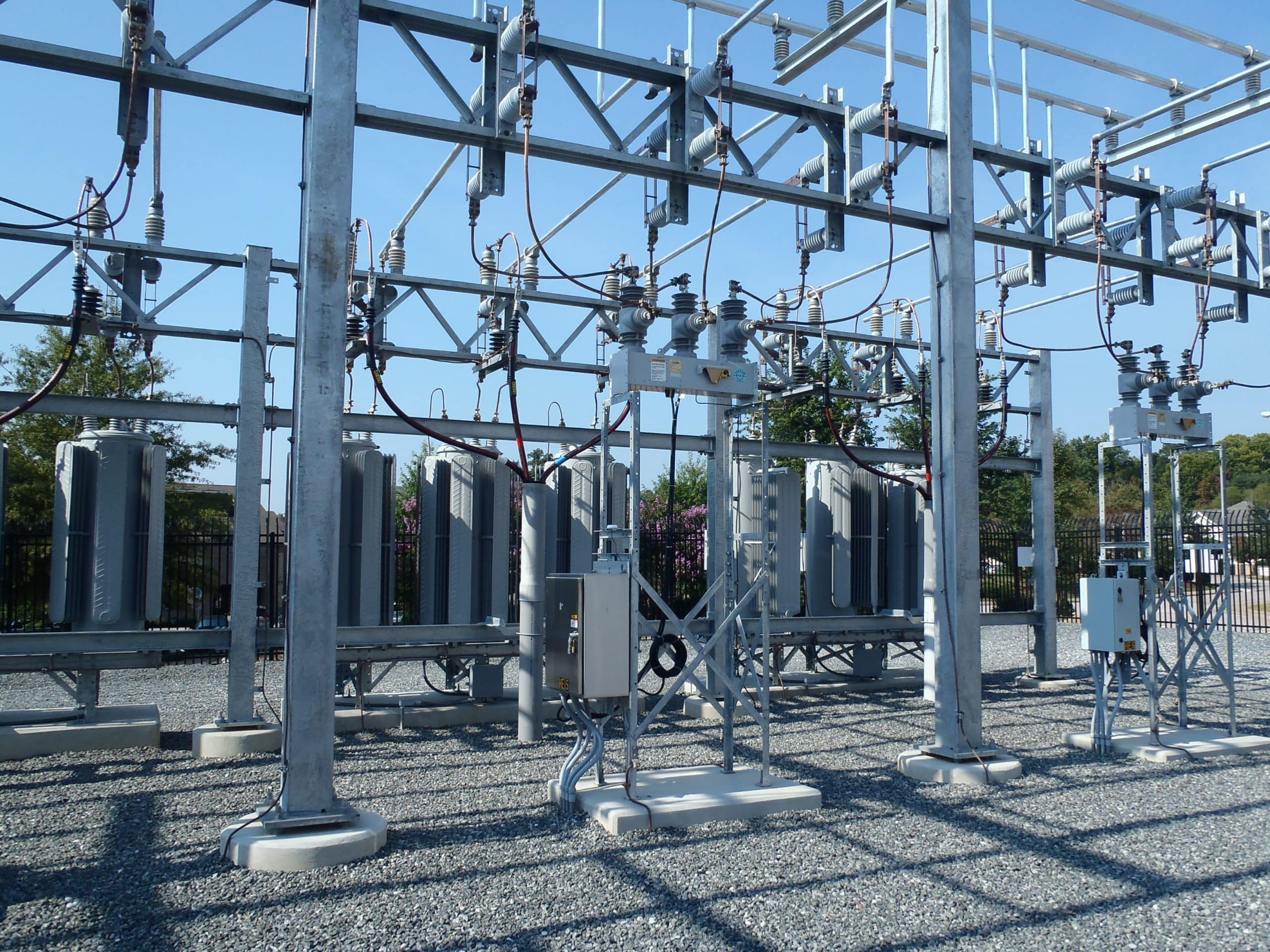Expertise, experience, and tools to accurately analyze power systems.
The reliable and efficient operation of a power system — from a low voltage commercial system serving less than 100kW to a high voltage transmission system delivering hundreds of megawatts — requires a thorough understanding of how the system will perform in both normal operation and during contingencies.
The proper and thorough analysis of power systems is required, in both the design and operation stages, in order to maximize safety, reliability, and performance, all while recognizing budgets and schedules.
Because power systems consist of the interconnection of thousands of individual components — transformers, transmission lines, capacitors, voltage regulators, insulators, surge suppressors, switches, and a variety of loads — the analysis of such systems requires an expertise in both the individual components as well as in the complex interaction of these components to form an interconnected system. This requires the proper application of engineering fundamentals developed over a hundred years ago as well as the latest in software tools to quickly and accurately understand complex systems.
ELECT, P.C. has the expertise, experience, and tools to accurately analyze power systems from the design and planning stage to failure analysis, and from the smallest coordination problem to complex transmission loadflow and stability issues, generator interconnection and control, transient disturbances, protective relaying, and more. ELECT, P.C. has developed an expertise and broad experience base in the following areas:
Short Circuit and Protective Coordination

Regardless of the nature of the fault, the reliability and safety of an electrical system requires an understanding of how that system will perform when a short circuit occurs, and a system that is designed and configured to properly respond to the fault.A properly coordinated system will respond to faults by:
- interrupting the fault current to limit equipment damage and minimize hazards to people, and
- minimize the portion of the system that is impacted by the fault.
Utility Distribution Sectionalizing Studies

Consequently, the protection of a utility distribution feeder is more involved than for an industrial feeder as the engineer must not only coordinate overcurrent devices, but also optimize device location and consider several other factors such as reclosing intervals, outage exposure, distributed generation, and utility service philosophies.
ELECT, P.C. has performed numerous utility distribution sectionalizing studies on a wide variety of systems. We have been successful in helping several utilities improve system reliability by implementing improved sectionalizing schemes. ELECT, P.C. has also assisted in sectionalizing studies which incorporate the use of distribution automation, distribution circuit ties with multiple settings groups in microprocessor based controls and fast bus transfer schemes for sensitive large industrial customers.
Load Flow Studies

Dynamic Stability

Arc Flash Risk Assessment

Per the National Electrical Code, an arc flash risk assessment is required to be performed for electrical equipment that is likely to require examination, servicing, or maintenance while energized, in order to warn qualified persons of potential electric arc hazards. NFPA 70E requires that such equipment be labeled with specific information relevant to the potential hazard.
The purpose of an arc flash hazard analysis is to determine the incident energy to which a worker might be exposed during an arc flash event, to establish an arc flash boundary, and to determine a worker’s required personal protective equipment (PPE). The PPE is intended to provide a level of protection against arc flash burns, shock hazards, and eye and hearing damage. The use of the required PPE does not necessarily provide protection against all burns, but any burns experienced should be survivable.
ELECT, P.C. also provides personnel training, both awareness training for general employees and qualified worker training for electrical personnel. Arc flash hazard training is a key component of an overall safety program for your employees.